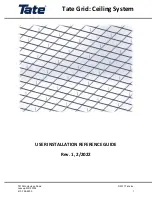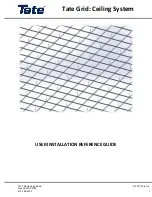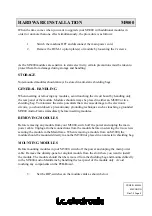
AirWave System Operator’s Manual
5
Origin of Echoes inside Tubes
A key property of an acoustic wave propagating in a tube is that a fraction of the wave’s energy will undergo a
reflection each time it encounters a change in cross-sectional area (A). If the changing A is from larger to smaller
(as depicted in (a) in Figure D-2), a positive pressure wave is reflected (showing up as a positive deflection in the
echo signal). Conversely, if the changing A is from smaller to larger (see (b) in Figure D-2 below), a negative
pressure wave is reflected (showing up as a negative deflection in the echo signal). The delay time of each echo
identifies the distance of the changing A that caused the echo. The amplitude of each echo identifies
approximately how much the corresponding A changed.
Figure D-2
Reflection or echo signals that arise from a tube with (a) changing A from large to small and (b) changing A from small to large.
Echoes in the ETT and Airways
The human airways consist of a network of bifurcating branches that start at the trachea and terminate at the
alveoli (small sacs where oxygen-carbon dioxide exchange takes place). An interesting property of the airways is
that even though the A of each individual segment decreases as the branching depth increases, the total A
(adding As of all parallel segments) undergoes a rapid increase after several generations of airway branching.
Considering this morphology, the airways behave acoustically like a horn with a bell at the end. Therefore,
acoustic waves traveling down the airways, or the analogous horn model, will be reflected at the rapid increase in
total A. The negative pressure wave from this bell-shaped region is used as a reference to which changes in ETT
tip position are tracked. The bell begins around the 6th branching generation which is approximately 5 cm past
the carina in adults and about 2-3 cm past the carina in neonates. It is worth noting that there are no echoes of
significance that arise from the carina, since the additive A of the two mainstem bronchi is approximately equal to
the trachea A.
To illustrate the relationships between cross-sectional area, amplitude, and time delay, refer to Figure D-3
depicting an intubated ETT with a corresponding echo signal (pressure amplitude on y-axis and time delay on x-
axis). For each deflection in the echo signal, an arrow denotes the corresponding region in the ETT and airways
from which that echo arises.










































